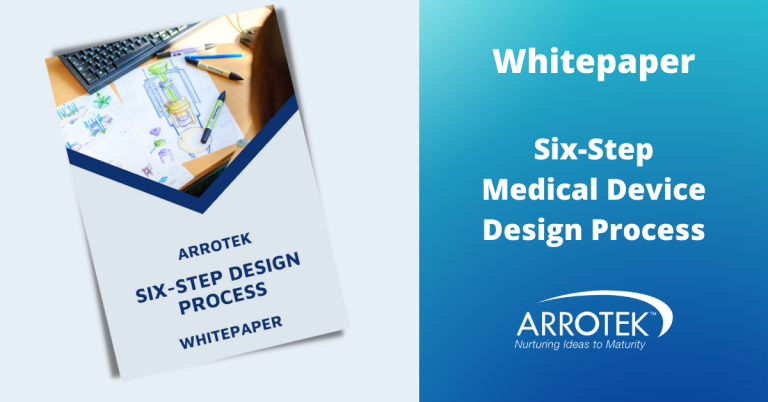
By Nicole Savage
Oocyte retrieval is an essential step in the in-vitro fertilization (IVF) process. The method that is typically used for oocyte (or egg) retrieval is transvaginal ultrasound aspiration. It is a procedure that has been in use since the mid-1980s, so it is well-established, effective, and safe.
The main issue with the procedure is that it can cause bleeding and discomfort for patients, particularly when the ovarian capsule or vaginal wall is punctured by the needle connected to the ultrasound probe.
The needle is an essential element of the device, as it is inserted into egg-containing follicles in the ovaries. The egg and surrounding fluid are then aspirated through the needle to a test tube.
The Importance of Advanced Needle Design for Oocyte Retrieval
By using an advanced needle design, the procedure can be completed effectively through the rapid, accurate, and delicate aspiration of oocytes and follicular fluid.
The rapid, accurate, and delicate aspiration of oocytes is important as oocytes are very vulnerable during the procedure. Ensuring the procedure is highly precise and can be completed quickly reduces stress on the cell and ensures it can be retrieved intact. The design of the needle is essential to achieving these objectives.
An optimized needle will also help maximize the number of eggs that can be retrieved during the procedure. Designing the needle to prevent the puncturing of follicles is essential, too, as preventing puncturing reduces potential complications, bleeding, and post-procedural pain.
Specialized Oocyte Retrieval Needles
Traditionally, 19-gauge needles have typically been used for egg retrieval procedures in IVF treatments. However, smaller needles offer significant benefits as they reduce the risk of puncturing follicles. This results in less bleeding and post-procedural pain for the patient.
While there are benefits, smaller needles present additional challenges. Specifically, reducing the size of the needle makes it more difficult for the physician to visualize it while it is inside the woman’s ovaries. This can slow the procedure and result in follicles being punctured.
Needle design for oocyte retrieval procedures must take this into account. One effective method to mitigate the above problem is to design the needle with variable thicknesses, i.e., a smaller needle tip with a thicker body. The thicker body makes the needle easier to visualize under ultrasound while the small needle tip prevents bleeding and post-procedure pain.
Echo markings on the needle also help increase visibility.
The design of the needle tip is important, too, as the tip must have ultra-high levels of sharpness to ensure exact precision. The design of the tip should also prevent the needle from deviating when being inserted into a follicle.
Optimizing Egg Retrieval in IVF Treatments
To summarize, the main objectives during oocyte retrieval include:
- Retrieve as many intact eggs as possible
- Ensure the procedure is completed as precisely and accurately as possible
- Quickly complete each oocyte retrieval (and the procedure overall) without impacting the procedure’s effectiveness
- Prevent bleeding and patient discomfort
The design of the needle used in the procedure is crucial to achieving all the above objectives.
At Arrotek, we have extensive experience designing and manufacturing needles for a wide range of medical applications, including IVF treatments. To discuss your requirements for a needle that has been optimized for oocyte retrieval, please get in touch with us today.





